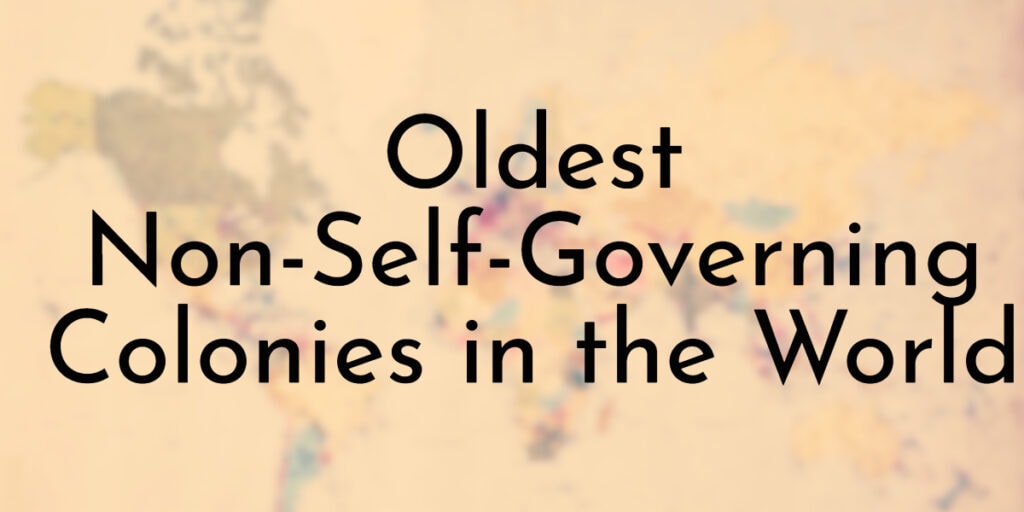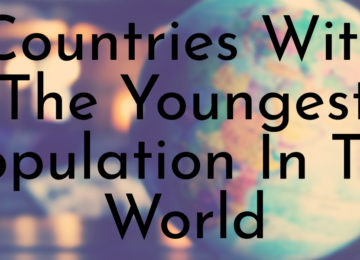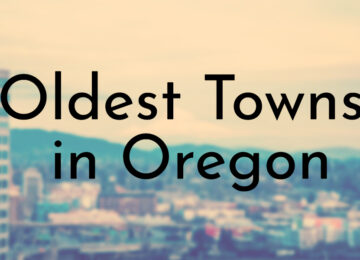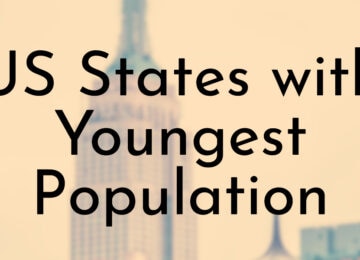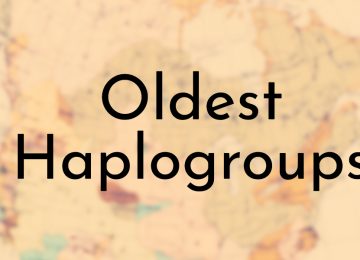Throughout history, colonization has been a prevalent practice, with many countries establishing settlements and territories in foreign lands. While some colonies have gained independence and developed into sovereign nations, others have remained under the control of their colonial masters, known as non-self-governing colonies. These colonies are territories that are yet to attain self-governance or independence from their colonial rulers.
In this blog post, we will explore the eight oldest non-self-governing colonies in the world. These territories have been under colonial rule for centuries, with some dating as far back as the 16th century. We will examine their histories, current political status, and ongoing efforts toward their decolonization. Join us on this journey through the pages of history to uncover the hidden stories of these colonies.
8. New Caledonia
Year Established: 1774
Capital: Bamako
Governing Country: France
Land Area: 18,519 sq. km.
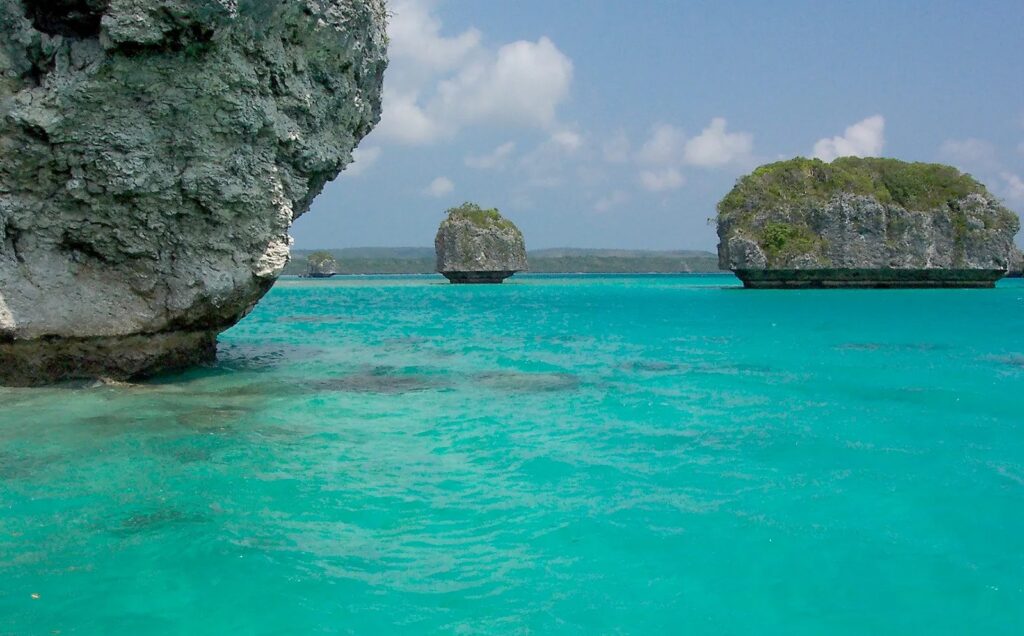
New Caledonia is a French territory located in the South Pacific Ocean. It was established in 1774 by the explorer James Cook, and it has been under French rule since 1853. The capital of New Caledonia is Nouméa, which is also the largest city in the territory. New Caledonia is known for its diverse landscape, which includes mountains, rivers, and coral reefs.
New Caledonia has its own government and parliament, and it is represented in the French National Assembly and Senate. In 2018, New Caledonia held a referendum on independence from France, but the majority of voters chose to remain a French territory. Another referendum can be held in the future if a third of the territory’s parliament agrees to it.
Did You Know?
As a French territory, New Caledonia has a unique political status. It has a high degree of autonomy, but France is responsible for its defense, foreign affairs, and currency.
7. British Virgin Islands
Year Established: 1672
Capital: Road Town
Governing Country: UK
Land Area: 153 sq. km.
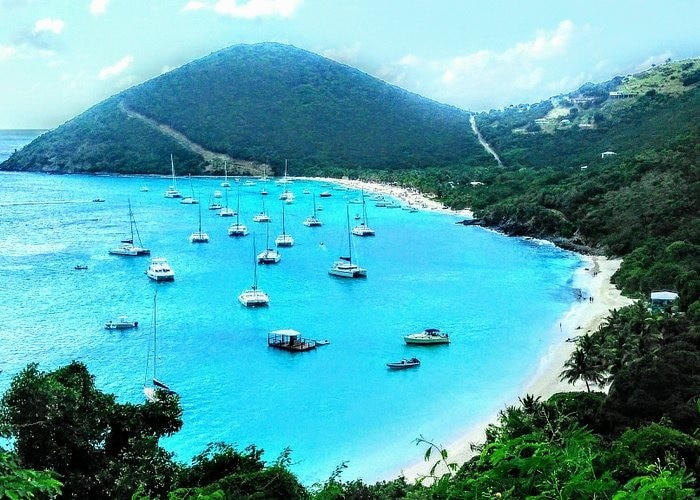
The British Virgin Islands is located in the northeastern Caribbean Sea, east of Puerto Rico. The territory consists of over 50 islands and islets, including the four main islands of Tortola, Virgin Gorda, Anegada, and Jost Van Dyke. The islands are known for their pristine beaches, clear blue waters, and lush green hillsides. Tourism is the main source of income for the territory, with visitors drawn to the islands’ natural beauty, outdoor activities, and historical landmarks.
In addition to tourism, the British Virgin Islands is also a hub for financial services. The territory has a well-established offshore financial sector, offering international clients banking, insurance, and investment services. This sector contributes significantly to the territory’s economy, although it has also been subject to criticism for its potential use in money laundering and tax evasion.
Did You Know?
The British Virgin Islands is a member of several regional organizations, including the Caribbean Community (CARICOM) and the Organization of Eastern Caribbean States (OECS).
6. Guam
Year Established: 1668
Capital: Hagåtña
Governing Country: USA
Land Area: 549 sq. km.
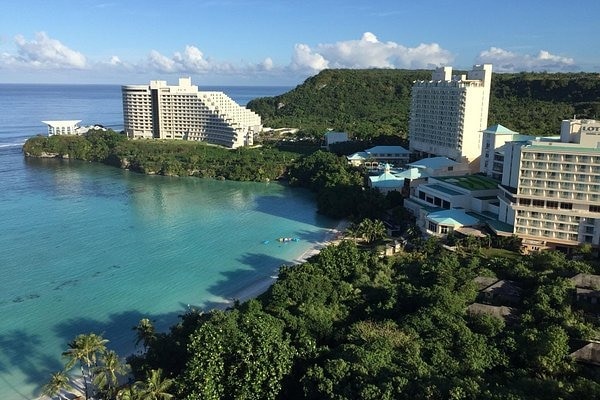
Guam is a United States territory located in the western Pacific Ocean. It was established in 1668 when the Spanish first claimed the island. Guam is the largest and southernmost island in the Mariana Islands archipelago, and it has a land area of 549 square kilometers.
Guam is an important strategic location for the United States in the Pacific region. The island’s proximity to Asia and its strategic military position makes it an important center for US military operations in the region. Guam has played a key role in US military operations in World War II, the Korean War, and the Vietnam War. It continues to be an important military base and training ground today.
Did You Know?
The economy of Guam is largely based on tourism and the US military presence on the island. Guam is a popular tourist destination known for its beautiful beaches, tropical climate, and rich cultural heritage.
5. Pitcairn
Year Established: 1767
Capital: Adamstown
Governing Country: UK
Land Area: 47 sq. km.
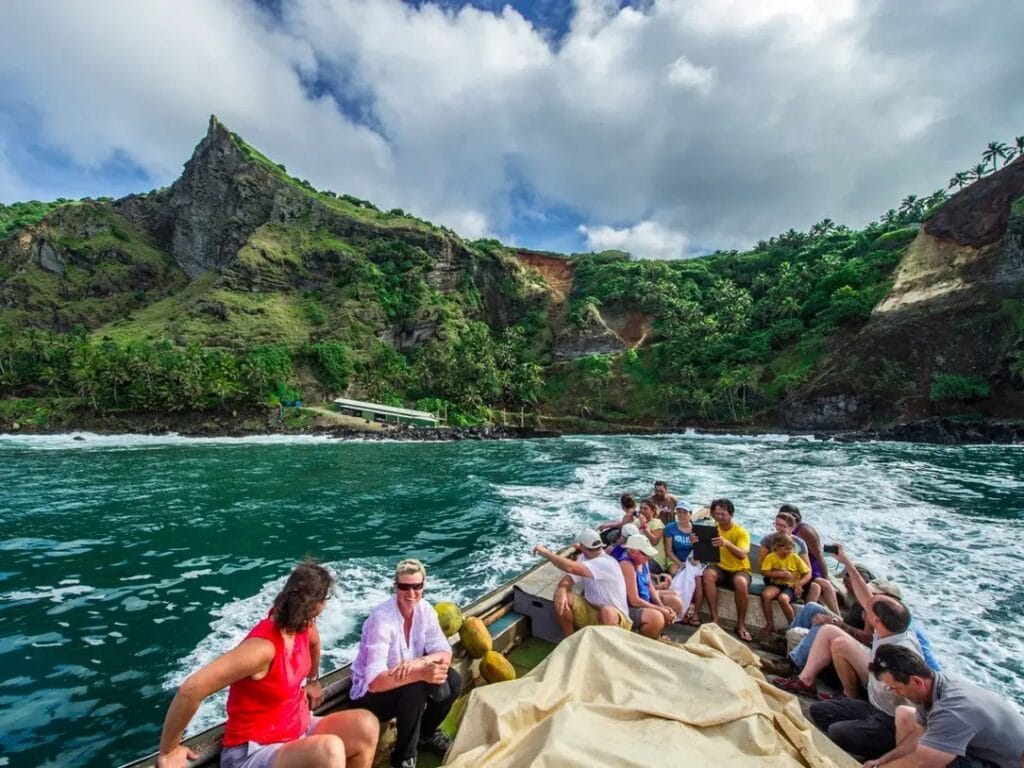
Pitcairn is a remote group of four volcanic islands in the southern Pacific Ocean, with a total land area of just 47 square kilometers. The islands were first settled in 1767 by a group of British sailors who were searching for a place to hide from the Royal Navy after committing mutiny aboard the HMS Bounty. Today, Pitcairn is a British Overseas Territory, with its capital located in the only inhabited settlement on the island, Adamstown.
The population of Pitcairn is small and isolated, with just over 50 permanent residents, many of whom are descendants of the original mutineers and their Polynesian companions. The island has no airport and is only accessible by sea, making it one of the most remote places in the world. As a result, the people of Pitcairn have a unique way of life, with a strong sense of community and a reliance on fishing and farming for their livelihoods.
Did You Know?
The island also produces a range of handicrafts, including wood carvings and woven baskets, which are sold to visitors and online.
4. Falkland Islands
Year Established: 1764
Capital: Stanley
Governing Country: UK
Land Area: 12,173 sq. km.
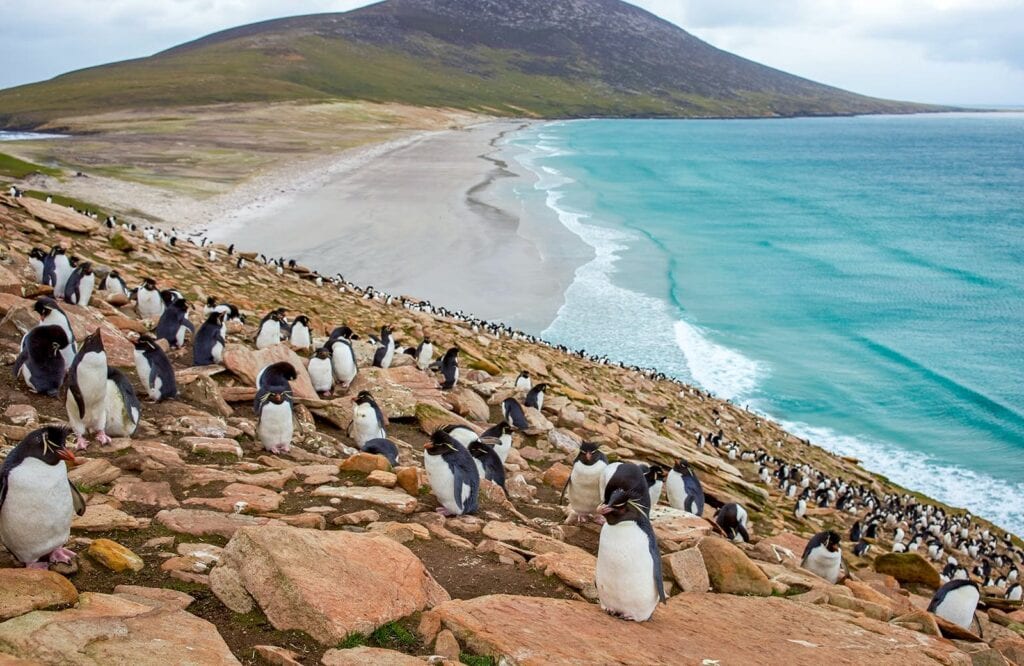
The Falkland Islands have a total land area of 12,173 square kilometers and are made up of over 700 islands and islets. The islands have a unique ecosystem with a diverse range of flora and fauna, including several species of penguins, sea lions, and albatrosses. The island’s economy is largely based on fishing and agriculture, with wool production being a major export.
The Falkland Islands have been the subject of a territorial dispute between the UK and Argentina, with Argentina claiming sovereignty over the islands. Despite the political tensions, the Falkland Islands remain a popular tourist destination, particularly for wildlife enthusiasts and outdoor adventurers. Visitors can explore the islands’ rugged landscapes, including mountains, beaches, and grassy plains, and observe the unique wildlife that inhabits the area.
Did You Know?
The Falkland Islands have also become an important hub for scientific research, particularly in the fields of marine biology and geology. The island’s isolated location and unique ecosystem make them an ideal location for studying climate change and other environmental issues.
3. Saint Helena
Year Established: 1659
Capital: Jamestown
Governing Country: UK
Land Area: 121 sq. km.
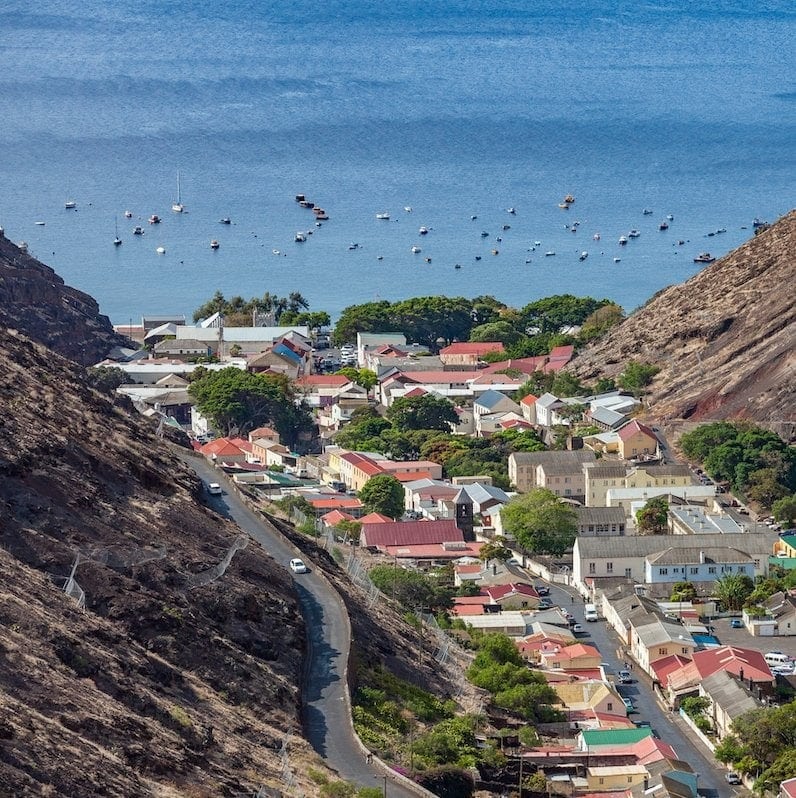
Saint Helena is a small, remote island located in the South Atlantic Ocean, around 1,200 miles away from Africa. It was first discovered in 1502 by a Portuguese navigator named João da Nova and later became a British possession in 1659. The island is famous for being the place where Napoleon Bonaparte was exiled and eventually died, and his tomb is now a popular tourist attraction.
Although Saint Helena is a tiny island, spanning just 47 square miles, it has a rich history and culture. The island was an important stopover point for ships traveling between Europe and Asia, and over the years, many sailors and traders passed through its ports. Today, Saint Helena attracts visitors who want to explore its historical sites, such as Longwood House, where Napoleon lived during his exile.
Did You Know?
One of the most striking features of Saint Helena is its isolation, which has helped to preserve the island’s natural environment and traditional way of life. A number of rare and endangered species call Saint Helena home, including the Saint Helena plover and the Saint Helena giant earwig.
2. Anguilla
Year Established: 1650
Capital: The Valley
Governing Country: UK
Land Area: 102 sq. km.
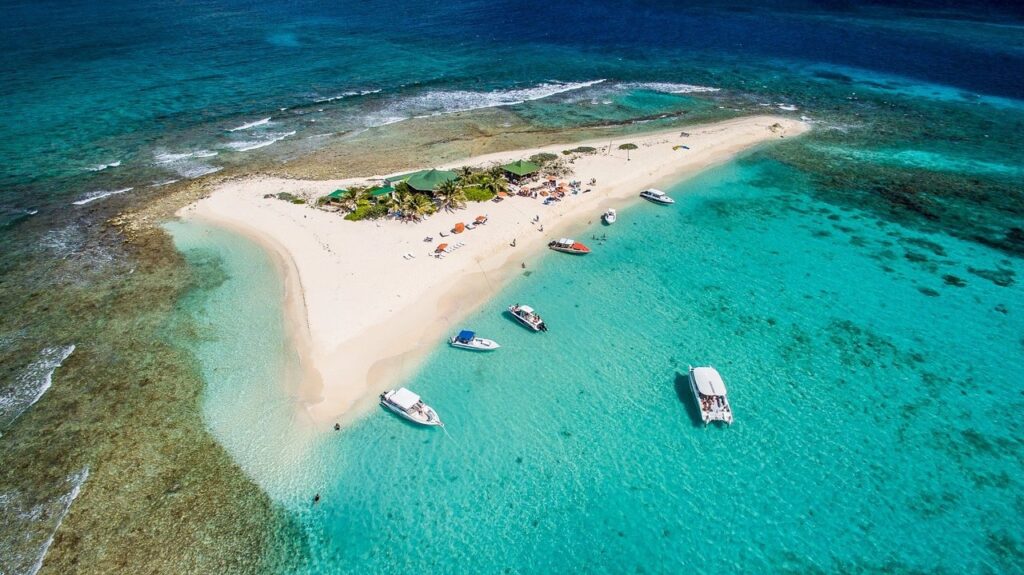
Anguilla is a small island nation located in the eastern Caribbean Sea. The island was first established in 1650 by English settlers and has been under British rule ever since. The island’s capital is The Valley, which is also its largest city and commercial center. Despite its small size (just 102 square kilometers), Anguilla has a vibrant and diverse culture. The island’s population is made up of a mix of African, European, and indigenous people, which has led to a unique blend of traditions, music, and cuisine.
The island’s coastline stretches for 33 kilometers, and visitors can enjoy a range of water activities, including snorkeling, scuba diving, and sailing. In addition to its beaches, Anguilla has a rich history and cultural heritage. The island is home to a number of historic sites, including old plantation estates, museums, and art galleries.
Did You Know?
One of the main draws of Anguilla is its stunning beaches, which are known for their white sands and crystal-clear waters.
1. Montserrat
Year Established: 1632
Capital: Plymouth, Brades
Governing Country: UK
Land Area: 102 sq. km.
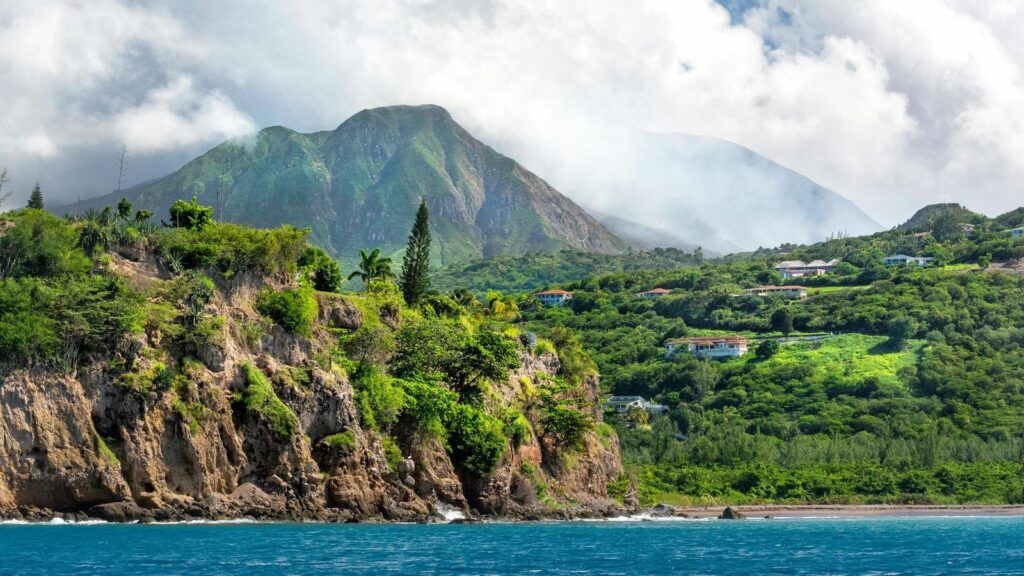
Montserrat is the oldest nom-self-governing colony in the world, established in the year of 1632. The island is part of the Lesser Antilles chain, and it was named after the Montserrat mountain range in Catalonia, Spain. Montserrat was first colonized by the Irish in the early 17th century, and it was later ruled by the British. During the 18th and 19th centuries, the island was an important center for sugar cane cultivation, and many of its plantations are still standing today.
However, in 1995, Montserrat was devastated by a massive volcanic eruption that destroyed much of the island’s infrastructure and forced the evacuation of thousands of residents. Despite this tragedy, the island has worked hard to rebuild and revitalize its economy in the years since the eruption. Today, Montserrat is a popular destination for visitors seeking to experience its unique blend of history, culture, and natural beauty.
Did You Know?
In the 20th century, Montserrat became known as the “Emerald Isle of the Caribbean” due to its strong Irish cultural heritage.


